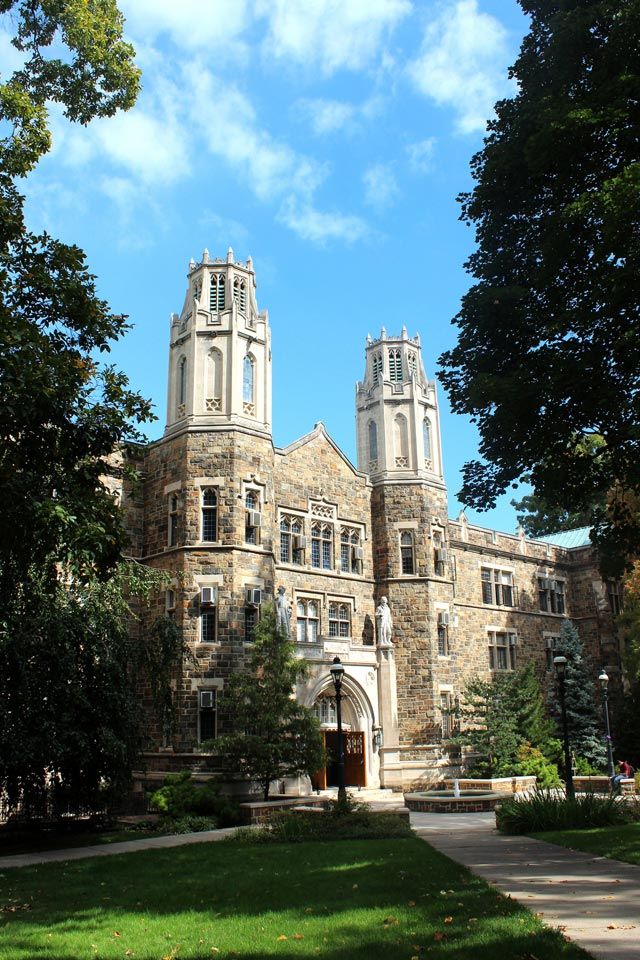Algorithms predict the success of protein-DNA binding.
If you happen to be a lonely region of a DNA molecule, or a protein seeking stable companionship, Brian Chen is the man to know.
When a DNA molecule (or any molecule) twists, bends or folds, its surface grooves narrow in width. This, in turn, enhances the strength of the electrostatic attraction between the molecule and mate-seeking proteins in its vicinity. Although the phenomenon of “electrostatic focusing” has been understood for years, until now researchers haven’t been able to represent its impact computationally.
Chen, an assistant professor of computer science, develops mathematical models that help to predict more accurately how these moleculartopography changes, and their related electrostatic charges, work in tandem to enable—or to thwart—successful DNA-protein binding.
“Electrostatic focusing itself isn’t a new concept,” says Chen. “But this research project does represent a number of ‘firsts.’ It is the first to achieve explicit visualization of the electrostatic-focusing region, the first to represent electrostatic focusing as a geometric entity, and the first to integrate the geometry of the focusing region seamlessly into software that compares molecular shape.”
Developed with Seth Blumenthal ’12 and graduate student Debdas Paul, the new focusing software is part of an emerging suite of algorithms and software tools from Chen’s lab that automatically deconstruct proteins into the functioning components that control their binding preferences. These tools leverage a novel solid representation of protein structures inspired by software in computer-aided drafting.
“It’s fascinating, though perhaps not surprising,” says Chen, “that new bioengineering tools would rediscover common roots with the traditional tools of engineering.” The algorithms that his group has developed, he adds, will help researchers design proteins that have specific DNA-binding sites—a key effort in many corners of the biotechnology research community.

